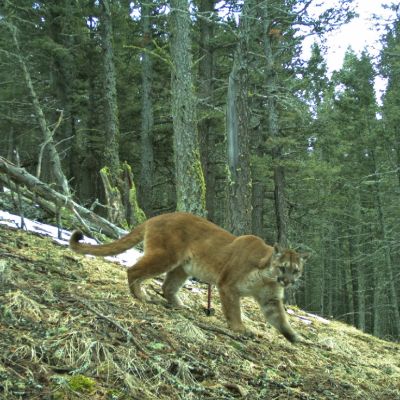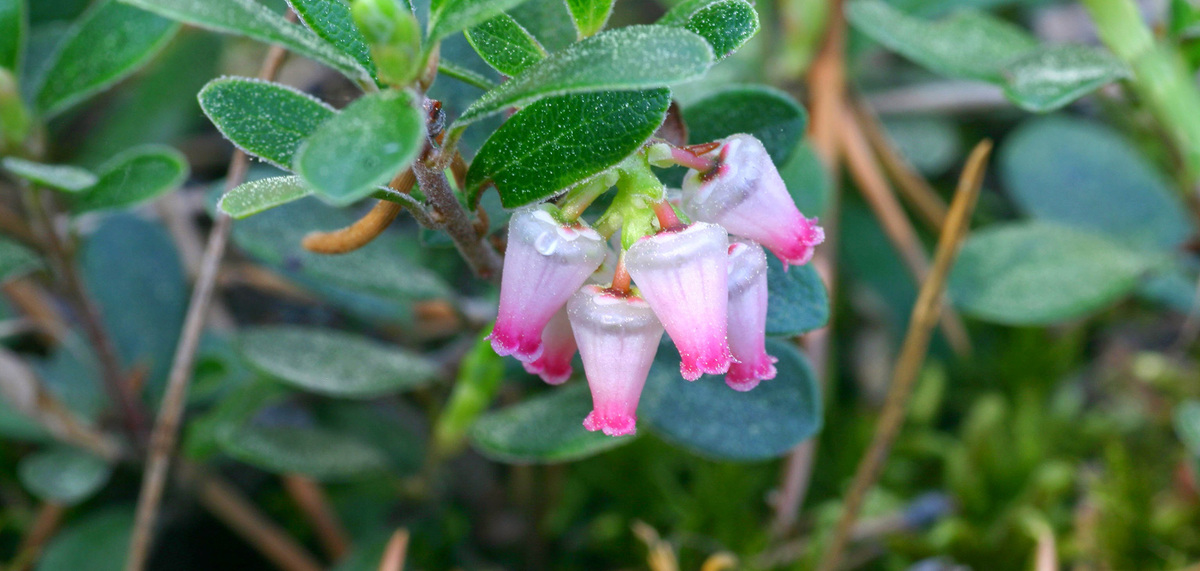
NABat Alberta Monitoring Hub
Categories: Environmental Sensors
Status: In Progress
About the Project
NABat is a multinational, multi-agency-coordinated bat monitoring program across North America made up of an extensive community of partners. Partners use standardized protocols at sites (or “stations”) located in predetermined 10 km x 10 km grid cells to gather data. Data are used to assess population status and trends, help understand how bats respond to stressors, and help sustain viable populations.
The NABat Alberta Monitoring Hub is a collaborative initiative led by bat researchers at the University of Alberta, Alberta Environment and Parks, Parks Canada, and the Alberta Biodiversity Monitoring Institute. The group’s mission is to develop and operate a coordinated approach to bat-data collection and management across the province and develop a centralized bat-data hub for provincial data. Provincial data are then shared with the broader NABat program.
- University of Alberta
- Alberta Environment and Parks
- Parks Canada
Nine species of bats occur in Alberta: Three species are resident during the summer and migrate south during the winter. Six species are resident during the summer and hibernate during the winter. We use ultrasonic bat detectors to record bat sounds and follow the standard monitoring program outlined by NABat.
The Alberta Bat Hub is currently monitoring approximately 20 North America bat stations annually. In addition, members of the Alberta hub operate targeted bat research programs to address scientific questions about bats and participate in coordinated efforts to monitor bat health and productivity. By working collaboratively, our group is increasing the amount of data available on bats in the province.
Openly available, standardized data on bats help facilitate knowledge sharing among bat researchers; maximize the value of data being collected; increase the efficiency of bat data management, processing, and sharing, (including data contribution to NABat program); and support data-driven solutions to wildlife conservation and management. Alberta Bat Hub data will be housed on the WildTrax data platform for environmental sensors and is slated for public release in the near future, with the goal of contributing this data to the broader NABat program. The Alberta Bat Hub aims to maximize data availability to support provincial, national, and international assessments.
Interested in learning more about Alberta’s bats? Check out the Alberta Community Bat Program for information about the bats that call Alberta home and how you can get involved in broader bat initiatives.
An instructional video series on bat monitoring was developed by the Canadian Wildlife Health Cooperative, Atlantic Region. Topics span the basics of bat biology and echolocation to deploying bat detectors in the field to data management.
The Alberta Remote Camera Steering Committee (RCSC) is building scientific understanding and effectiveness of remote camera surveys to benefit a broader network of remote camera researchers and practitioners in western Canada.
The Bioacoustic Unit is at the forefront of using digital audio recording through ARUs (autonomous recording units) to understand how human activities are affecting species that make sounds.
The 'Almanac of Alberta Acari' series are compendiums of information on the known mites in Alberta, including collection records, keys, illustrations, and ecological information.



